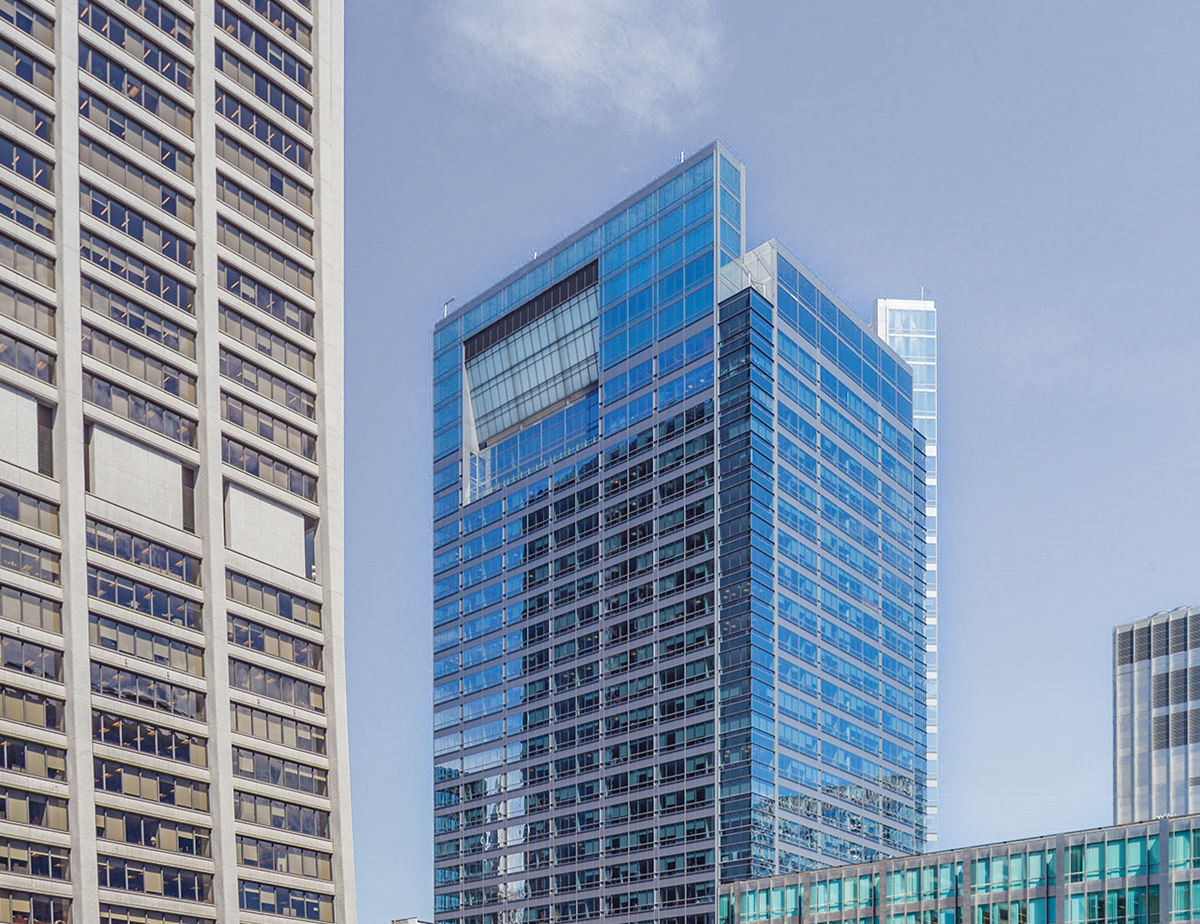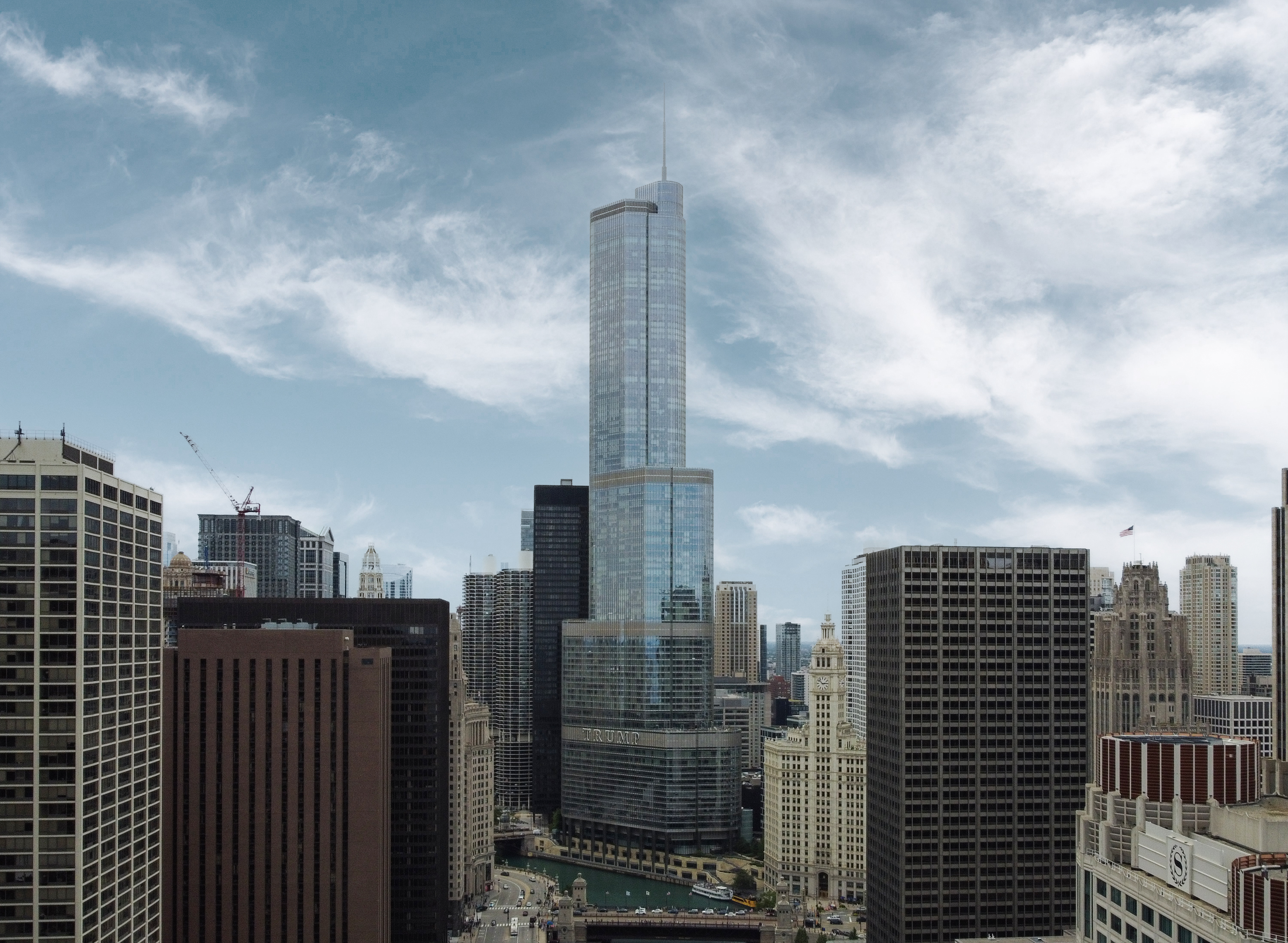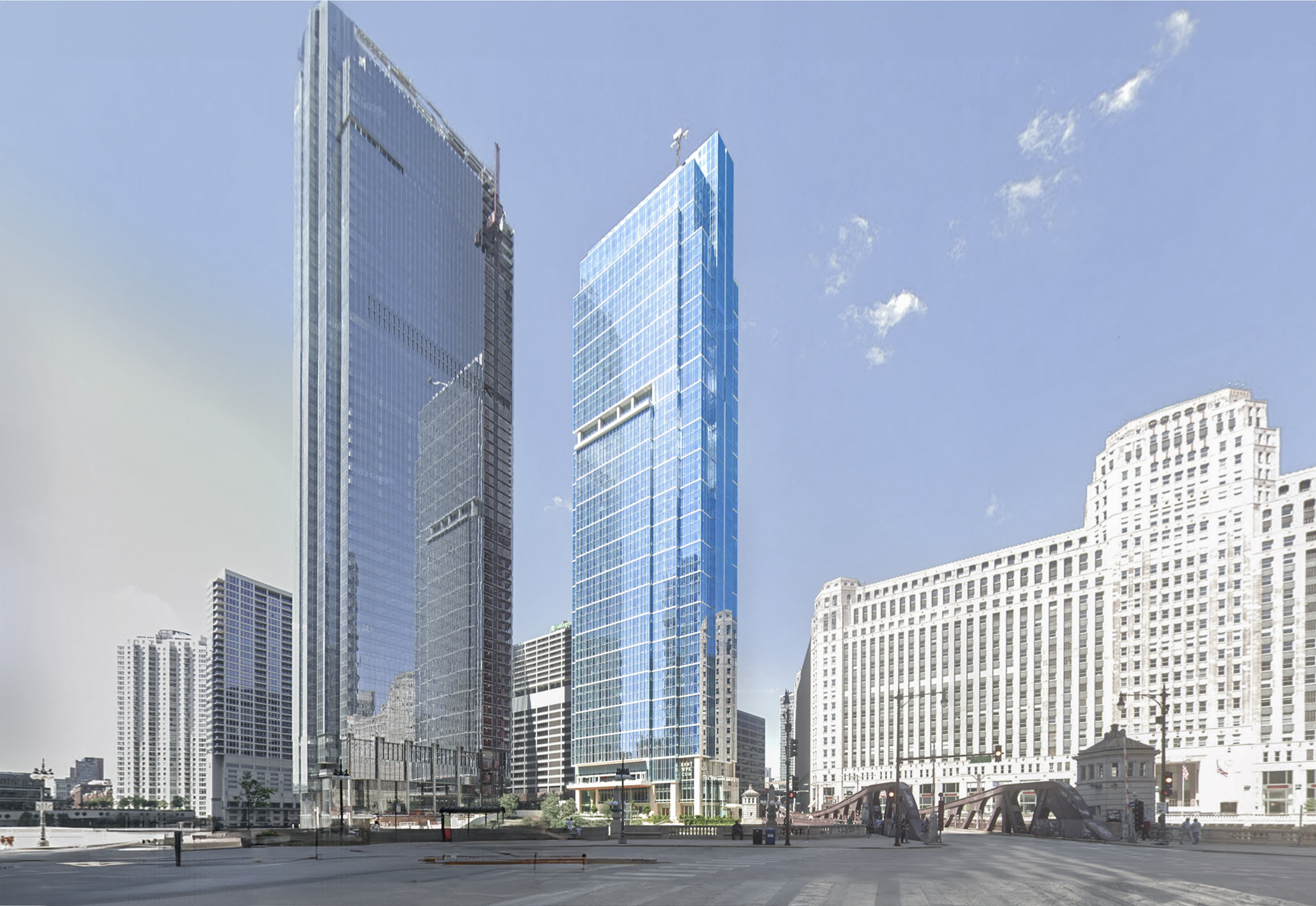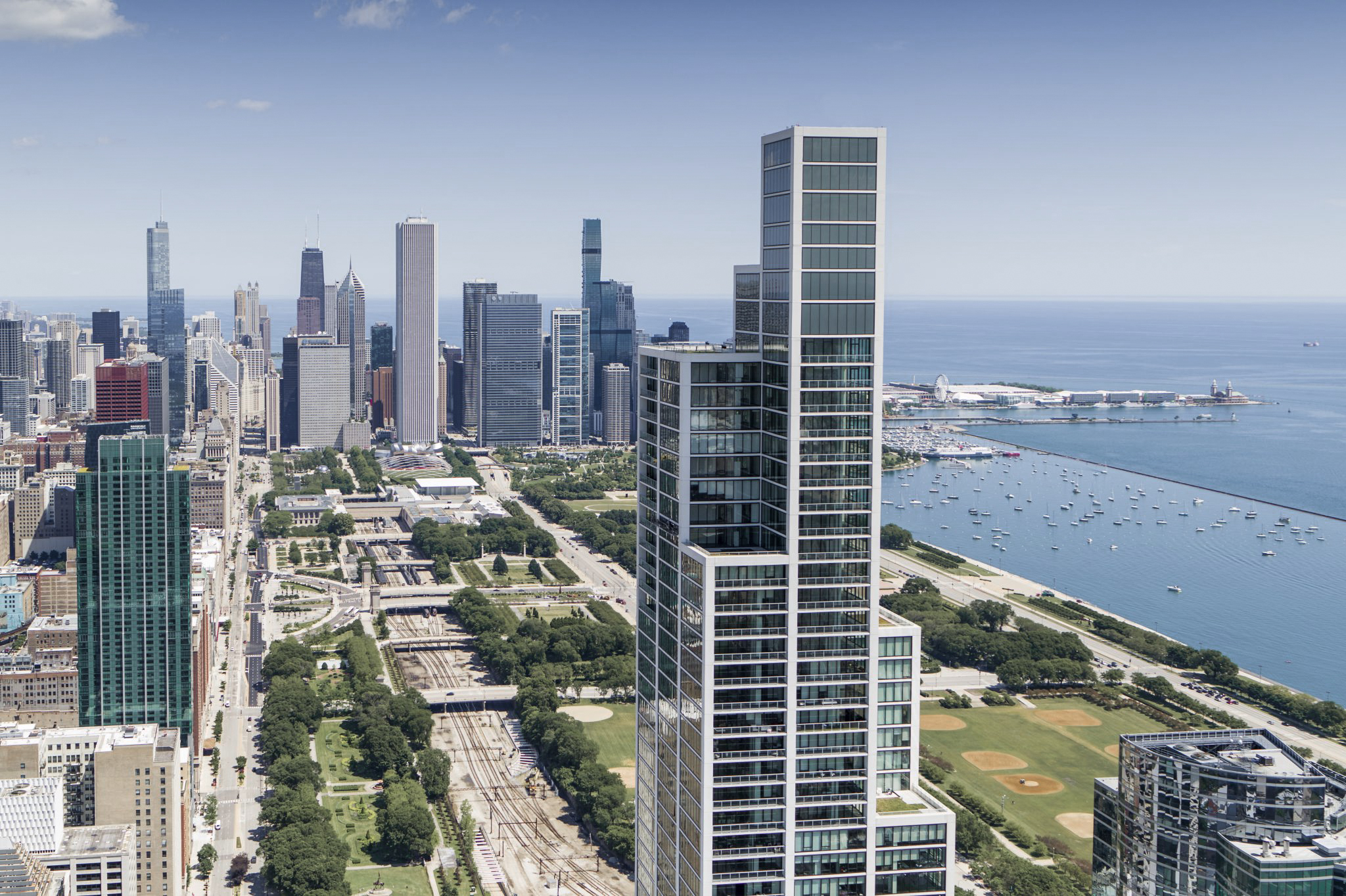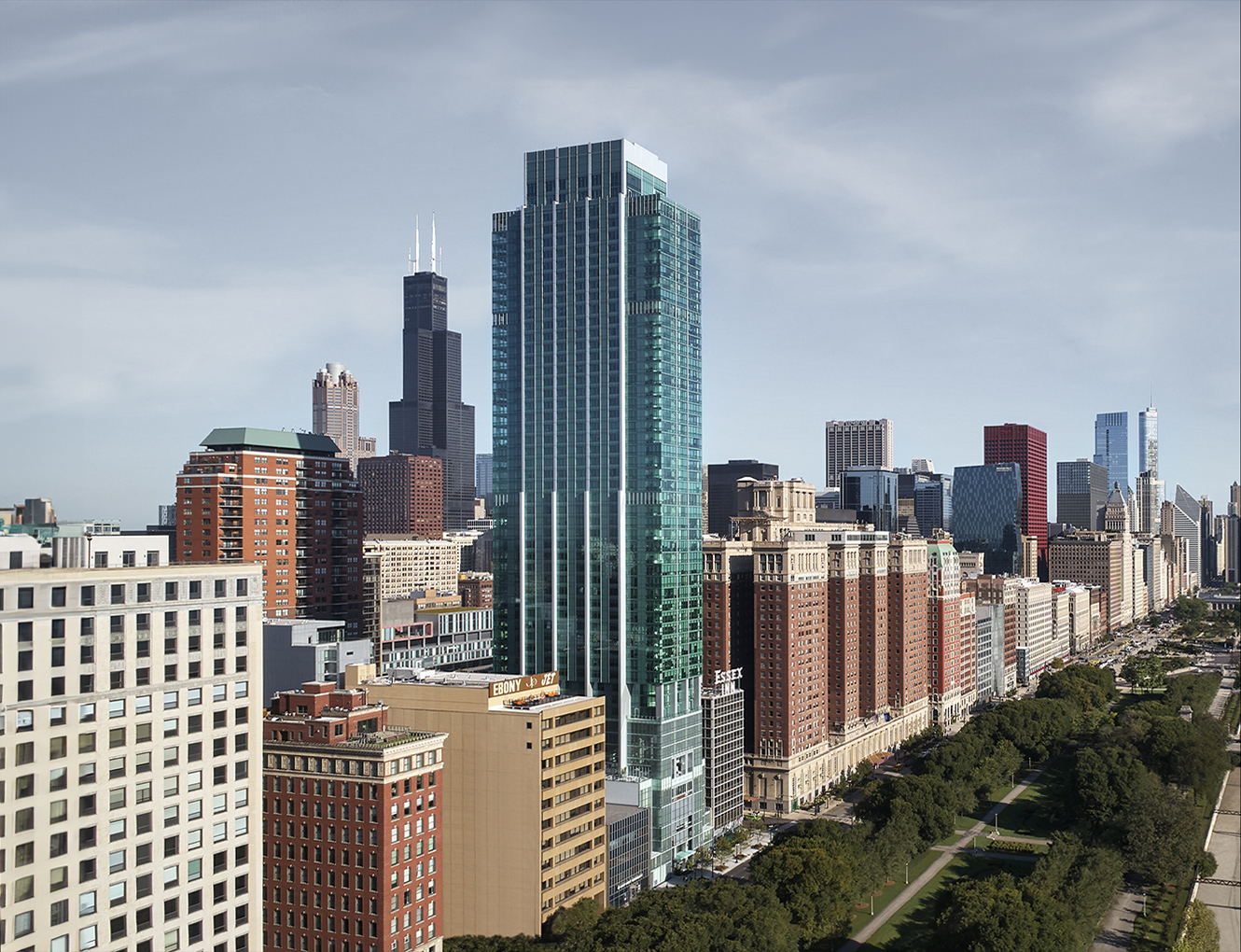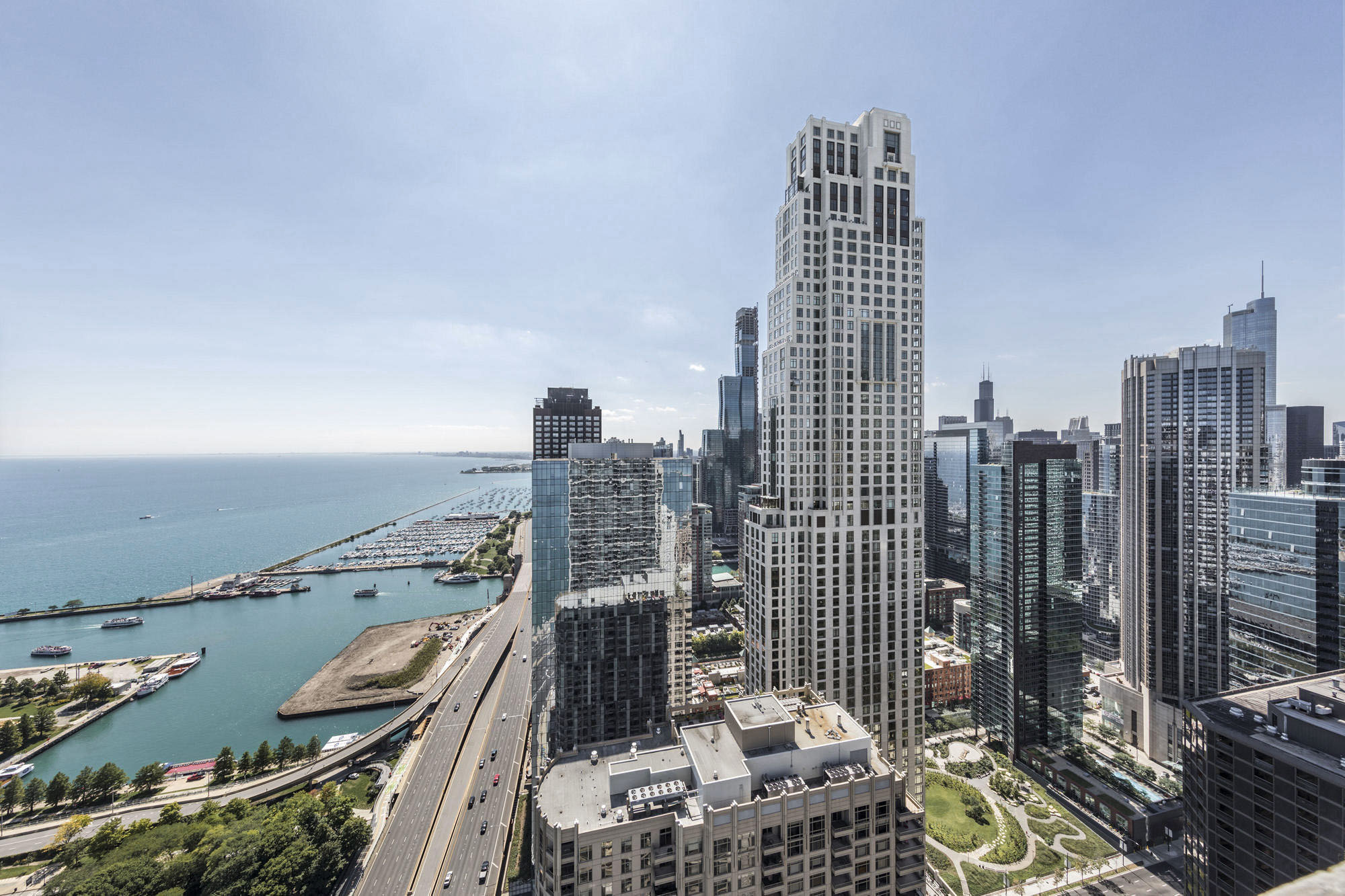The One South Dearborn Building is a Contemporary skyscraper designed by Keating and DeStefano & Partners, and built between 2003 and 2005, for a reported $400 million dollars, in Chicago, IL.
Its precise street address is 1 South Dearborn Street, Chicago, IL. You can also find it on the map here.
